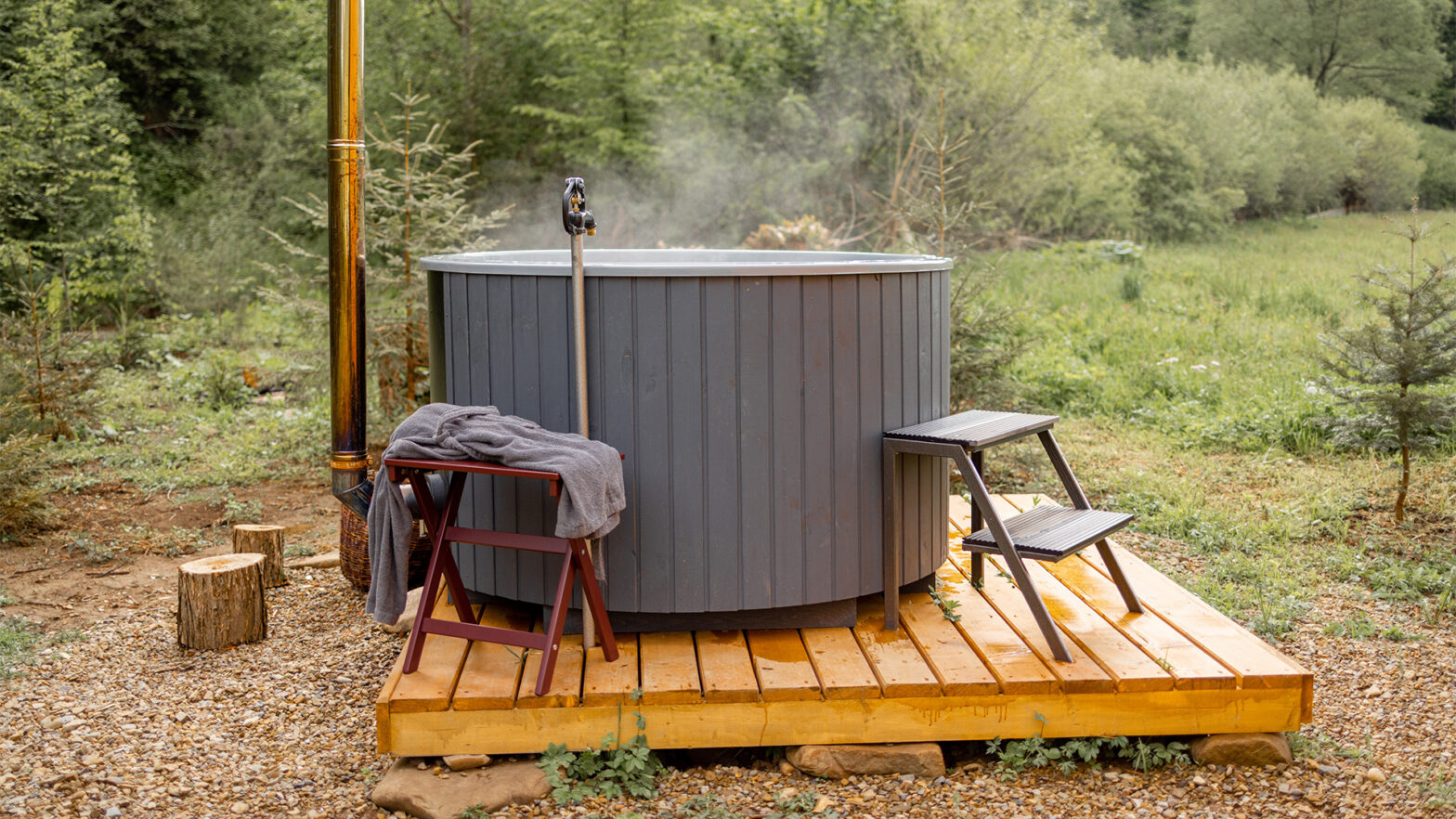
An estimated 914,000 UK workers experienced work-related stress and anxiety between 2021 and 2022.
To cope with this, many workers sought professional help, while others found comfort in alternative methods, such as establishing a better work-life balance, taking time off or seeking support from colleagues and managers.
Another, often unconsidered, holistic method to combat workplace stress is aromatherapy.
In this article, Steve Brownett-Gale of Lifestyle Packaging explains how essential oils can help reduce workplace anxiety, why placement is vital to maximise their effects and discusses safety considerations.
How do essential oils help to reduce workplace anxiety?
Essential oils containing phytoncides and other organic compounds that hold medicinal properties are scientifically proven to trigger an emotional response in humans that positively affects our mental and emotional state.
While aromatherapy is not a complete remedy to treat feelings of anxiety, it is said to be clinically effective as a complementary treatment alongside more traditional medicinal methods.
The benefits of different essential oils are dependent on chemotypes, which have different chemical components depending on their source and therefore have different therapeutic properties.
When inhaled, the scent molecules of essential oils go directly to the sensory cells in our olfactory system, which is responsible for sending information about scents to the brain, and in response, our brain releases neurochemical substances that trigger feelings of relaxation and calmness, or alternatively energy and ‘pep.’
Choosing the right scent
Specific scents will trigger different reactions, so using the right aroma can determine its effectiveness as an anxiolytic treatment.
In a work environment, you’ll want to use essential oils that have a calming effect to reduce anxiety symptoms such as restlessness, increased heart rate, and irritability. You may also opt for a scent that boosts energy and positively impacts productivity.
For example, lavender is an aroma commonly associated with relaxation due to its calming properties and ability to reduce anxiety. There’s a large body of evidence to show how inhaling lavender oil can calm the mind and body and improve the sleep cycle, helping to lower stress, improve memory and boost the immune system.
Chamomile oil can exert similar effects to lavender in that it promotes relaxation, with a study revealing that it can help reduce anxiety symptoms and increase morning cortisol levels, which we need a balance of to contain stress levels.
However, use chamomile oils with caution as over-use can have a sedative-like effect, which is less than ideal in the workplace.
Alternatively, diffuse energising scents in the workplace to boost productivity and energy. Citrus scents such as bergamot and lemon essential oils can decrease feelings of anxiety, but their bright and fresh scent can also boost employee mood, concentration and physical energy levels.
Meanwhile, avoid essential oils such as rosemary and peppermint, as these aromas can overstimulate employees and excessively boost alertness, which could have the opposite of the desired relaxing effects.
Placing essential oils
While several studies have identified the benefits of using aromatherapy in the workplace, consider the best scents and location for your employees.
Essential oil diffusers can be an effective yet subtle way of introducing scent into your office space without overpowering your employee’s senses. So too can spraying soft furnishings with a scent in the morning before you open, topping up in the afternoon.
When using one, place it at least two feet above the floor to ensure an even moisture and scent distribution into the air and ideally in the centre of the room.
A central location is best to help scent molecules disperse easily, although, this should not be too close to an employee’s desk or work area as the aroma may be too intense.
Aim to keep at least three feet between the diffuser and an employee.
And remember, different scents can be distributed in different areas of the office for different purposes. For example, relaxing scents in lunch areas or quiet zones can help employees switch off, while energising scents are better for dedicated workspaces. This will create an immersive workplace experience for your employees.
Safety considerations
Despite their benefits, essential oils should be used with caution. Wrongful use can cause sensitivity, adverse reactions, and safety-related issues.
There are several factors to consider, the first of which is dilution – an important step when using essential oils as it allows for better dosage control when diffusing them, as oils are highly concentrated and can cause irritation or a reaction if used excessively at a high intensity.
Dilution also allows you to blend scents with others to make a custom formula without making the aroma too intense. It also extends the usage of your oils, making it a cost-effective solution.
Next, consider personal needs, as pregnant workers or those with allergies may be sensitive to strong scents, which may induce an adverse reaction.
Essential oils such as mugwort, birch, sage, and aniseed should be avoided by pregnant employees as the compounds in them can become toxic when absorbed.
Plus, it is crucial to follow the usage and storage instructions provided by the manufacturer.
Storage is vital to maintain the longevity of oils due to their sensitivity to external factors like heat, light and air exposure, which can affect their potency and quality over time. So, make sure to follow storage instructions to maximise their usage time.
Oils should be stored in dark-coloured bottles, such as amber and dark blue, as these colours act as a barrier to shield the contents from UV light that can deteriorate them over time.
Air-tight seals are also necessary, as air exposure can affect the chemical compounds of essential oils, so any caps or dropper lids should be air-tight to limit this.

















